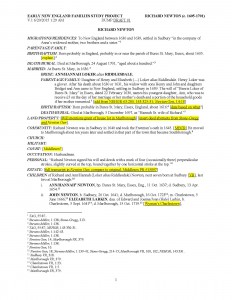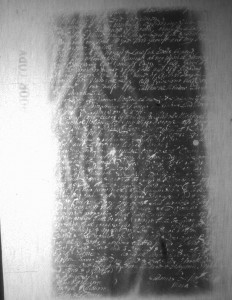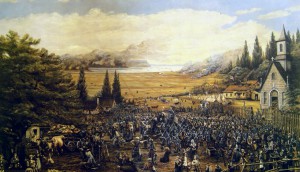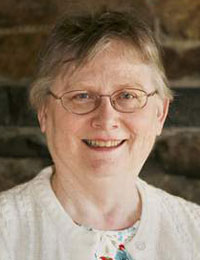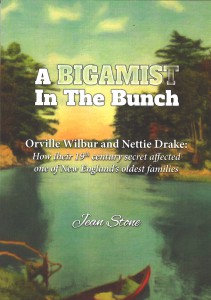 “Remember your ancestors.”
“Remember your ancestors.”
So read the words atop a family record engraved by Richard Brunton in the early 1800s. It is that admonition, which speaks directly to the NEHGS purpose, that led us to have an interest in Brunton – now the subject of a new book written by art historian Deborah M. Child: Soldier, Engraver, Forger: Richard Brunton’s Life on the Fringe in America’s New Republic.
Over the centuries, families have kept records of their history: in pen and ink, in needlework, and now in printed books and in electronic media. Families have kept these “documents” not just as cherished mementos of loved ones, past and present, but also as the “central repository” for the vital records of the family and its members. Richard Brunton – an English soldier who deserted during the American Revolution and made his home in New England – was a trained engraver. During the years when he was traveling throughout New England practicing his craft – sometimes even in the production of counterfeit bank notes – he was, in his own way, at the vanguard of the business of producing family register forms, something that would only increase and become more commercially viable in the following decades. Continue reading “Remember your ancestors” →
